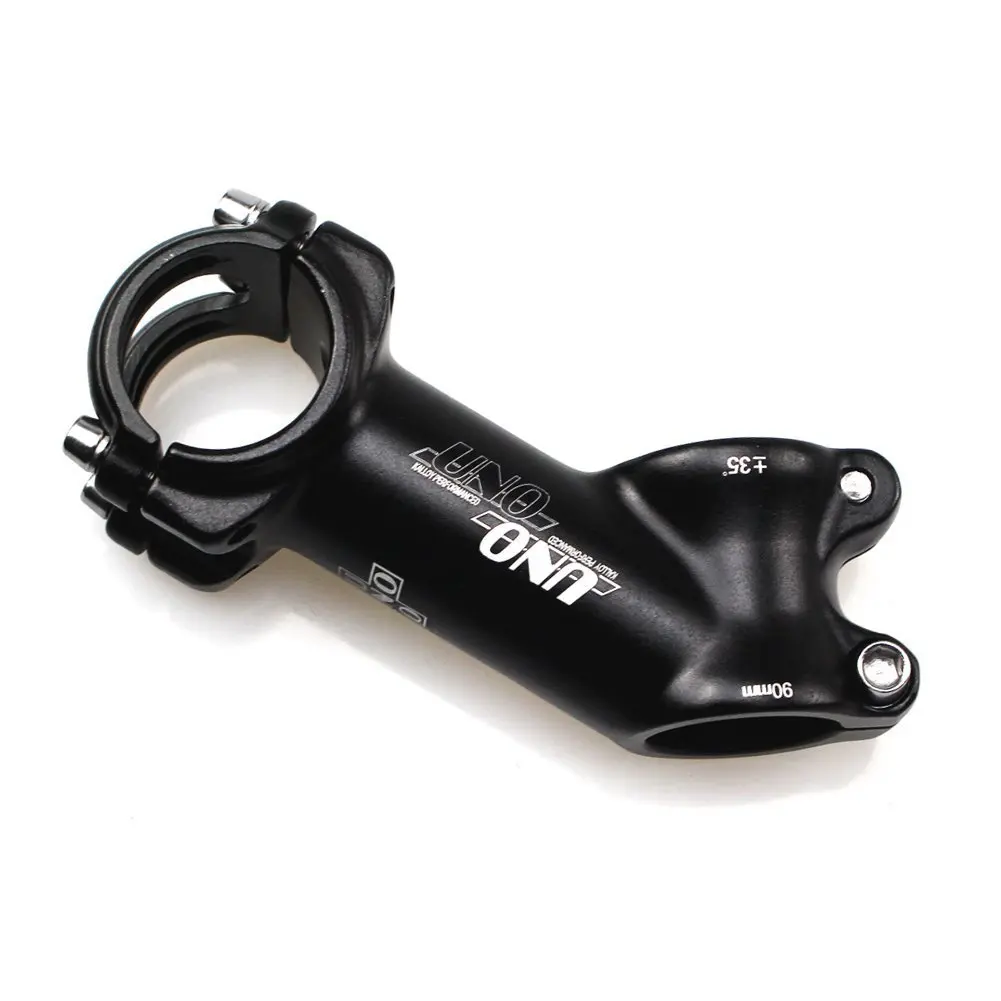


How do you measure the length of a mountain bike stem? Conversely – the shorter the stem, the narrower the handlebar. Many riders with shorter stems find that they enjoy wider handlebars. On that note, once you have selected a stem length you may also want to take a look at your handlebar width. If that sweep is angled directly backward then it takes your stem down to an effective length of 30 mm.ĭepending on how you angle the handlebars, this effective stem length shortening could be less. Let’s say for example that you pair a 40 mm stem with a set of 780 mm wide handlebars that have 8 degrees of sweep. When selecting the stem length you need to take into account any sweep of the handlebars. Handlebar considerations with stem length During a crash, they’ll act like battering rams for smashing your knees into and will not be a pleasant experience.

The most common concern to watch out for with clamp design is that the rear clamp bolt heads don’t stick too far out. Most use a 2-bolt design, but some downhill varieties use a single large rear bolt whereas cross-country variations use a wedge design with the bolt on the front. The rear clamp holds the stem on the fork steerer. Four bolts is more common these days because they’re stronger and stiffer. Mountain bike stem criteria #5 – Clamp designįor the front bar clamp portion of the stem, they can come in 2-bolt and 4-bolt options. If you want a fancier looking stem but without the cost of carbon fiber, you may want to check out CNC machined aluminum stems. It may be worthwhile for competitive racers looking to save weight! Unless you fell in love with the carbon fiber look and have extra cash to spend, it’s usually not worth the investment. High-end stems can be made of carbon fiber, making them both lighter and more expensive. However, you may come across cheaper bikes that have stems made of steel. The vast majority of stems are made of aluminum. Mountain bike stem criteria #4 – Clamp material Keep in mind that if you do choose to change clamp diameters that you’ll also need a new set of handlebars as well. If you have an older bike you may notice that it’s clamp is 25.4 mm, but these are pretty rare to find these days. In some cases that extra width comes with added weight as well, so it’s worth considering the potential tradeoff. The key benefit to a wider clamp is that it provides greater stiffness and durability. While the trends seem to change every few years, there really are just two choices when it comes down to picking a clamp diameter for modern mountain bikes.ģ5 mm clamps seem to be the most common width that modern bikes come with nowadays, but 31.5 mm clamps are very popular as well. Mountain bike stem criteria #3 – Clamp diameter Cross-country riders usually prefer a drop (lowering) anywhere between 0 and 30 degrees.Trail and enduro riders fall between 0 and 6 degrees of rise, leaning more towards the longer end of that range.Downhill riders usually prefer that their handlebars are not raised or elevated at all.Much like stem length, the amount of rise is usually correlated to the style of riding. For short stems, the angle is less of a concern because it has so little distance to travel upwards (rise) or downwards (drop).įor longer stems, it’s more of a factor because of the additional distance it has to shift the handlebars up or down. Rise refers to the angle that the stem makes relative to the fork steerer tube. Mountain bike stem criteria #2 – Stem rise This places you in a better pedaling position and makes for more efficient seated climbing.įor this reason, cross-country riders trend towards longer stems in the 80 mm – 120 mm range. Longer stems pull your body forward and shift more weight onto the front wheel. Many downhillers enjoy stems in the 40 mm – 50 mm range, whereas trail and enduro riders go a little bit longer with 50 mm – 80 mm stems. This is ideal for downhill, trail, and enduro riders as it allows them to have more responsive handling during descents.Ī shorter stem length also shifts your weight slightly backward and helps prevent you from dumping over the handlebars. Shorter stems allow a rider to more quickly turn the wheel, enhancing the bike’s handling characteristics and feel. Stem length is one of the most critical factors controlling how your bike handles!
#Best mtb stem how to
How to pick the right mountain bike stem Mountain bike stem criteria #1 – Stem length


 0 kommentar(er)
0 kommentar(er)
